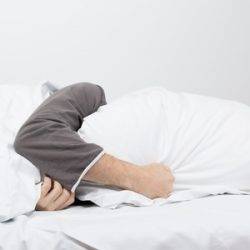June 20, 2017
The self employed have to rely on each other as government offers almost no support 0
 The self employed are turning to one another for business and financial support, according to new analysis by the RSA think-tank. Commissioned by the Federation of Small Business (FSB) to examine how self-employed workers might manage the risks they face, the RSA report claims that growing numbers of workers are turning to collective sick-pay funds to manage ill health, cash pooling schemes to deal with late payments and micro-loan services to plug gaps in bank finance. The RSA’s report, The Self Organising Self Employed concludes that, to date, both the state and the market have struggled to keep pace with the rising numbers of the self employed. Although successive governments have been vocal in their admiration of people who strike it out alone, holding up their attributes as ‘self-starters’ and ‘strivers’, this had led to a ‘non-interventionist, hands-off policy agenda, with the self employed broadly left to their own devices’.
The self employed are turning to one another for business and financial support, according to new analysis by the RSA think-tank. Commissioned by the Federation of Small Business (FSB) to examine how self-employed workers might manage the risks they face, the RSA report claims that growing numbers of workers are turning to collective sick-pay funds to manage ill health, cash pooling schemes to deal with late payments and micro-loan services to plug gaps in bank finance. The RSA’s report, The Self Organising Self Employed concludes that, to date, both the state and the market have struggled to keep pace with the rising numbers of the self employed. Although successive governments have been vocal in their admiration of people who strike it out alone, holding up their attributes as ‘self-starters’ and ‘strivers’, this had led to a ‘non-interventionist, hands-off policy agenda, with the self employed broadly left to their own devices’.










 Accommodation and food services, manufacturing, and transport industries will be hardest hit by limits on movement of EU and non-EU workers following Brexit, a new report has claimed. The latest edition of Mercer’s
Accommodation and food services, manufacturing, and transport industries will be hardest hit by limits on movement of EU and non-EU workers following Brexit, a new report has claimed. The latest edition of Mercer’s 





















December 8, 2015
Six human resources costs you might avoid by choosing the right office 0
by Darren Bilsborough • Comment, Property, Workplace, Workplace design
(more…)